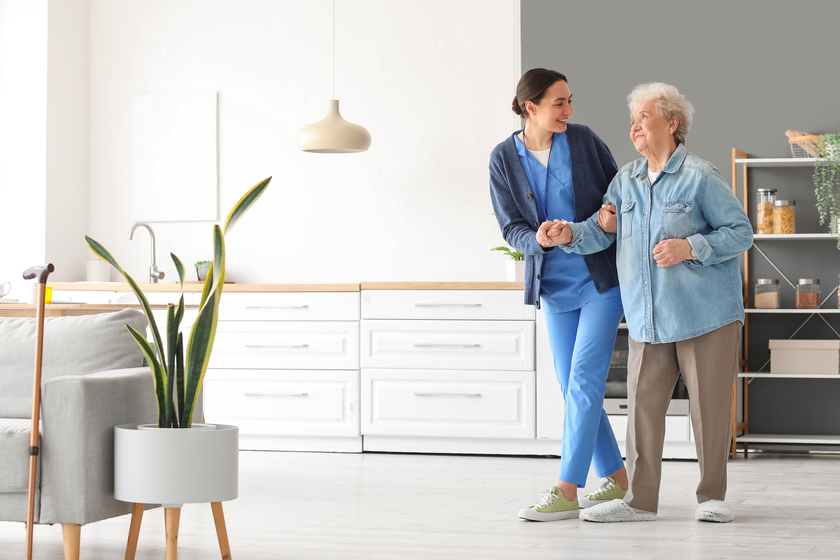Fall prevention is a critical component of maintaining the health and safety of residents in the independent senior living communities of Magnolia, NJ. As these communities strive to offer a secure, engaging, and supportive environment, implementing effective fall prevention measures becomes paramount. This article explores the significance of these programs, emphasizing their impact on residents’ quality of life and the overall community atmosphere.
Understanding the Need for Fall Prevention
Falls are among the leading causes of injury for older adults, making fall prevention programs not only necessary but essential in any retirement community. In Magnolia, NJ, where independent senior living aims to foster autonomy and active lifestyles, mitigating the risk of falls helps maintain the residents’ independence and confidence. Such programs are designed to address both the environmental and personal factors that contribute to falls, including poor lighting, uneven surfaces, and physical fitness.
Fall prevention involves a comprehensive approach, incorporating risk assessment, tailored exercise plans, and community modifications to ensure safer living spaces. By identifying high-risk areas and implementing corrective measures, these communities significantly reduce the incidence of falls, thereby enhancing the residents’ safety and their loved ones’ peace of mind.
Benefits of a Strong Fall Prevention Program
A robust fall prevention program offers numerous benefits, extending beyond the immediate physical safety of residents. Firstly, these initiatives improve the overall quality of life for individuals by fostering a sense of security and allowing them to engage more actively in community activities without fear of falling. This active participation is crucial in maintaining both physical health and mental well-being.
Additionally, fall prevention programs serve as a key component in prolonging independence among residents, a fundamental aspect of independent senior living. By educating residents on safe practices and maintaining their physical capabilities, these programs help minimize the need for more intensive care and preserve the residents’ autonomy for as long as possible.
Implementing Effective Strategies in the Community
To implement an effective fall prevention program, the team in an independent senior living community must focus on both individual and communal strategies. This includes regular assessments of residents’ health and mobility, personalized exercise programs to enhance strength and balance, and frequent safety audits of communal areas.
Educational workshops for residents and their family members are also vital, providing valuable information on how to prevent falls and how to create safer living spaces within their own homes. Moreover, integrating technology, such as emergency alert systems and motion-sensor lighting, plays a critical role in preventing falls by providing immediate assistance when needed and illuminating high-traffic areas effectively.
Community Engagement and Continuous Improvement
For a fall prevention program to be successful, ongoing evaluation and adaptation are necessary. This involves not only the team members of the community but also the residents and their loved ones. Feedback mechanisms should be in place to gather insights from all parties involved, allowing for continual refinement of strategies and interventions.
The fall prevention programs in Magnolia, NJ’s independent senior living communities are indispensable. These initiatives significantly enhance the safety, independence, and quality of life for residents, making them a fundamental component of the retirement community. Through committed teamwork, continuous improvement, and resident engagement, these communities can create a safe and vibrant environment where every resident thrives.







